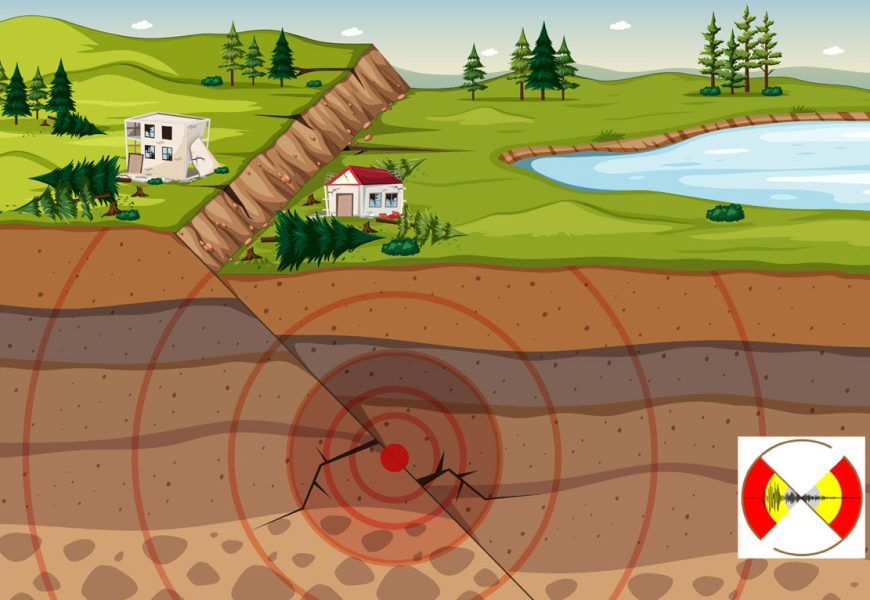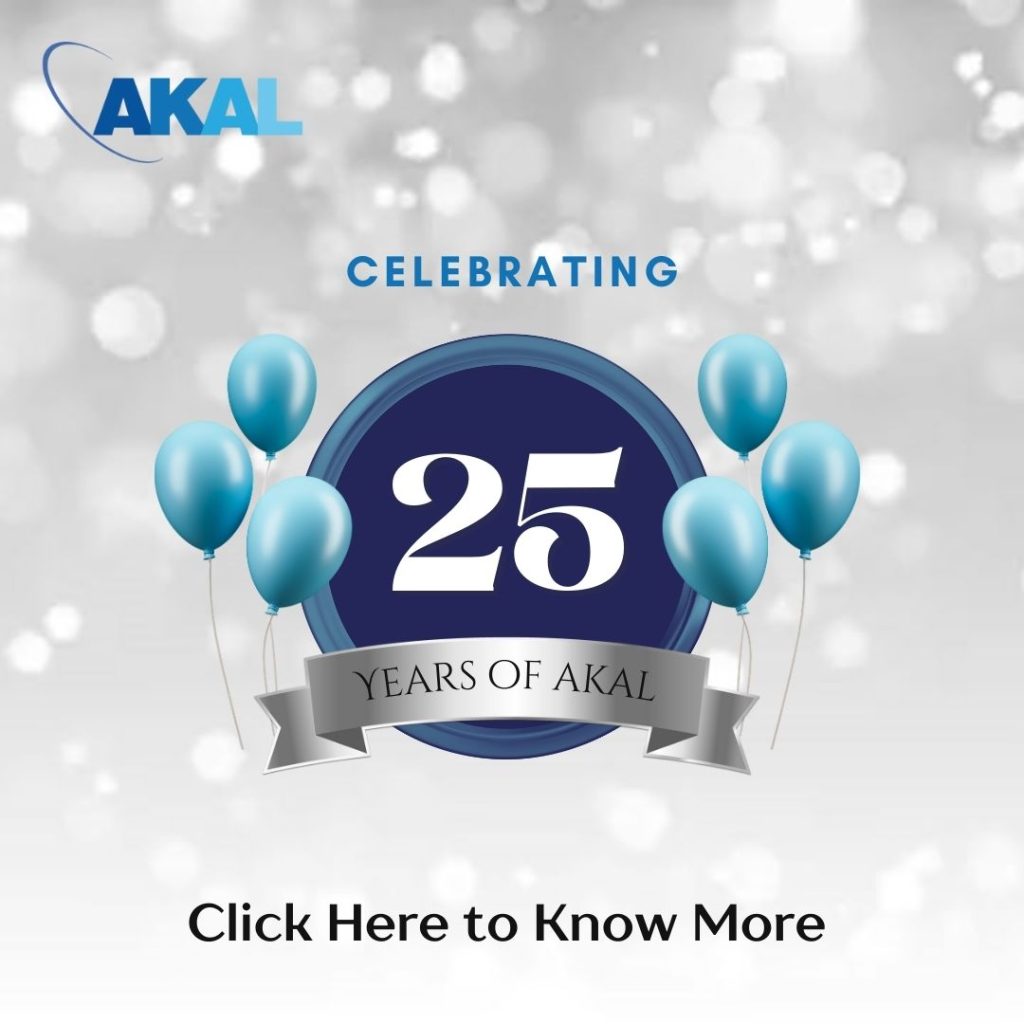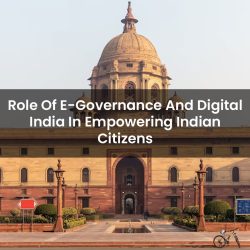The National Center for Seismology (NCS) faced the challenge of enhancing earthquake monitoring and public awareness. Teaming up with Akal, they aimed to develop a web portal and mobile app for real-time earthquake monitoring and notification.
The Client
NCS, established as the nodal agency for earthquake monitoring in India, boasts a network of 155 cutting-edge seismic stations strategically positioned across the country. With unwavering dedication, NCS ensures round-the-clock surveillance of seismic activities, including swarms and aftershocks, to protect lives and infrastructure.
What Needed To Be Done
The primary objective was to develop a comprehensive web portal and mobile application capable of dynamically updating and presenting real-time earthquake-related data. This initiative aimed to elevate public safety and awareness by delivering accessible and timely information to citizens.
What Did We Do
The project’s scope included several key components:
- Development of a GIS-based tool with advanced functionalities such as zooming, panning, searching, measuring, and layer overlaying.
- Creation of a dynamic website with user registration capabilities and a structured database.
- Implementation of a visually intuitive map dashboard for real-time display of earthquake data.
- Establish a Unified Dissemination System to broadcast earthquake messages via SMS, fax, email, social media, and the BhooKamp mobile app.
- Integration of a robust messaging and notification system across various platforms.
- Provision of Web Service APIs for seamless data sharing with stakeholders, including news agencies and disaster management authorities.
- Development of BhooKamp, a public mobile application delivering real-time earthquake updates to users.
The Impact
The project’s implementation signalled a significant leap forward in earthquake monitoring and public safety initiatives. The web portal and BhooKamp app emerged as indispensable tools for disseminating real-time earthquake information, thereby enhancing public awareness and preparedness.
The integration of GIS-based tools and a dynamic map dashboard offered an intuitive interface for visualising seismic activities, catering to both experts and the general populace.
The Unified Dissemination System ensured timely and widespread dissemination of earthquake alerts, maximising outreach and efficacy. Harnessing various communication channels helped disseminate critical information, making it readily accessible to a diverse audience.
The Result
The project’s success was palpable through its widespread adoption and positive reception from the public. BhooKamp, in particular, emerged as a crucial resource, providing immediate access to earthquake information and significantly contributing to disaster preparedness and response efforts.
The Conclusion
NCS’s pioneering initiative has set a new benchmark in earthquake monitoring and public outreach endeavours. It underscores the transformative impact of technology in bolstering disaster preparedness and underscores NCS’s unwavering commitment to ensuring public safety. This project serves as a global model for similar initiatives, emphasising the paramount importance of accessible and timely information in effective disaster management strategies.















